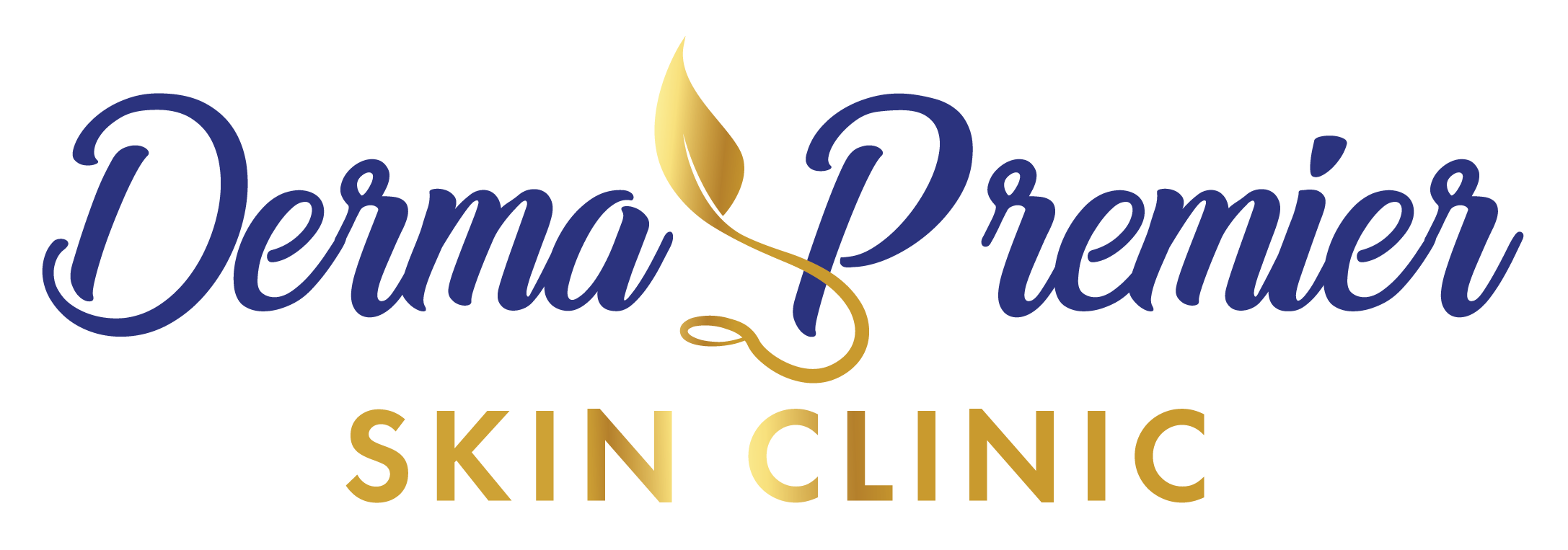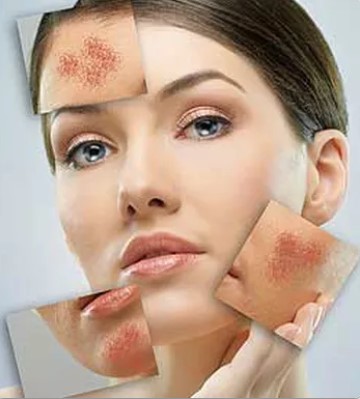Acne rosacea is a chronic skin disease that causes flushing, persistent redness over the middle areas of the face and nose that normally blush: mainly the forehead, the chin, and the lower half of the nose. The tiny blood vessels in these areas enlarge (dilate) and become more visible through the skin, appearing like tiny red lines (telangiectasias). Pimples that look like teenage acne can occur. Rosacea occurs most often between the ages of 30 and 60, especially in people with fair skin. It affects both sexes. Although it tends to occur more in women than in men, it is often worse in men. In most people the symptoms come and go, although it tends to worsen with time.
Rosacea Treatment:
1- Precautions: Long-term treatment, usually one to two years, may result in permanent control of the condition. Rosacea can be treated but not cured. Because sunlight is a common trigger, avoiding excessive exposure to sun is widely recommended. Like sunlight, emotional stress can also trigger rosacea. People who develop infections of the eyelids must practice frequent eyelid hygiene.
Avoiding smoking, food and drink rich in Caffeine that causes flushing (such as spicy food, hot beverages, and alcoholic drinks), and other triggers such as temperature extremes helps to increase symptoms.
2- Topical applications for which there is good evidence include azelaic acid creams (Skinoren), metronidazole cream, short-term topical cortisone (steroid) preparations of the right strength may also be used to reduce local inflammation. Using alpha-hydroxy acid peels may help relieve redness caused by irritation, and reduce papules and pustules associated with rosacea.
3- Medications could help as Brimonidine, Tetracycline, Doxycycline by mouth and If papules and pustules persist, then sometimes Isotretinoin can be prescribed.
4- Nd: YAG Laser: Laser treatment for rosacea using an Nd: YAG laser machine offer one of the best treatments for rosacea, in particular the erythema (redness) of the skin. We use Laser light to penetrate the epidermis to target the capillaries in the dermis layer of the skin. The light is absorbed by oxy-hemoglobin, which heat up, causing the capillary walls to heat up to 70 °C , damaging them, causing them to be absorbed by the body’s natural defense mechanism. With a sufficient number of treatments, this method may even eliminate the redness altogether, though additional periodic treatments will likely be necessary to remove newly formed capillaries. LED (Red Light) Therapy has a role in treating the redness due to its anti-inflammatory action.

